May 24, 2025 | 16:22 GMT +7
May 24, 2025 | 16:22 GMT +7
Hotline: 0913.378.918
May 24, 2025 | 16:22 GMT +7
Hotline: 0913.378.918
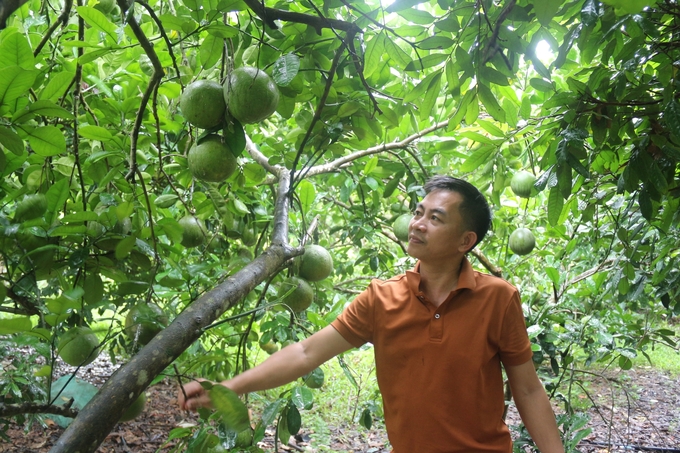
Fruit garden of Vu Duy Hien, Hoa Trung commune, Dong Hy district, Thai Nguyen province. Photo: Pham Hieu.
Realizing the critical role of irrigation water in agricultural production, in recent times, farmers in Thai Nguyen province have paid attention to and focused on investing in and building irrigation systems suitable for each crop type.
Having a 2-hectare garden currently growing fruit trees such as longan, grapefruit, and sapodilla, Mr. Vu Duy Hien (Hoa Trung commune, Dong Hy district, Thai Nguyen province) said that in the past, when technical advances had not been applied, taking care of fruit trees, especially watering the trees, was very difficult for local people.
In the first days of planting fruit trees in 2010, Mr. Hien had to carry a water hose to each tree, and it even took 2 days to water the garden.
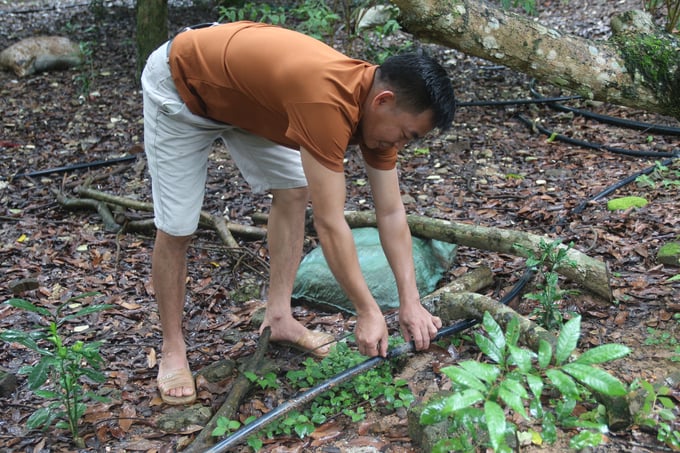
Mr. Hien's family was the first household in the locality to install an automatic irrigation system for their orchard since 2017. Photo: Pham Hieu.
However, since 2017, with the support of Dong Hy district authorities, Mr. Hien has been the first household in the locality to install and deploy an automatic misting irrigation system for the garden at VND 100 million.
The irrigation system consists of a large capacity pump under the pond, then running water pipes along the rows of trees, and installing irrigation valves at each tree root. Just close the circuit breaker and turn on the switch, and the system will automatically operate and water every tree root, It is straightforward.
“With my 2ha garden, I only need to turn on the automatic irrigation system for about 2 hours and the whole garden will be soaked with water. In the dry season, the trees need more water, I will water once every 2 days. The most annoying thing about growing fruit trees is the watering step because it takes a lot of effort and time, but now with the automatic irrigation system, the work is much easier. So easy!”, Mr. Vu Duy Hien excitedly shared.
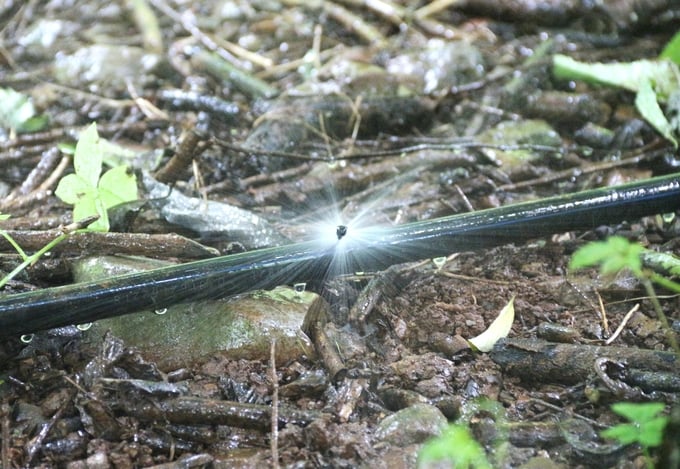
With just one switch, the entire garden will be watered. Photo: Pham Hieu.
In particular, according to the people, in addition to saving water and keeping the soil moist for a long time, applying an automatic irrigation system to production also helps people to be proactive in fertilizing plants.
Previously, whenever he wanted to fertilize, Mr. Hien would have to wait for it to rain, or after fertilizing, he would have to water manually. But now, with an automatic irrigation system, the gardener can fertilize whether it is sunny or dry season. The first step is to use a weed-clearing machine at the base of the tree. Then spread the fertilizer and turn on the irrigation system, the fertilizer will gradually seep into the ground with the water. Doing so will help the fertilizer be evenly applied to the tree, saving both water and fertilizer.
Each year, Mr. Hien's fruit garden will yield 10 tons of longan, about 10,000 - 20,000 grapefruits, bringing in an income of more than VND 100 million. In addition, because it is produced according to the VietGAP process, the fruit is assessed to be of good quality and beautiful appearance.
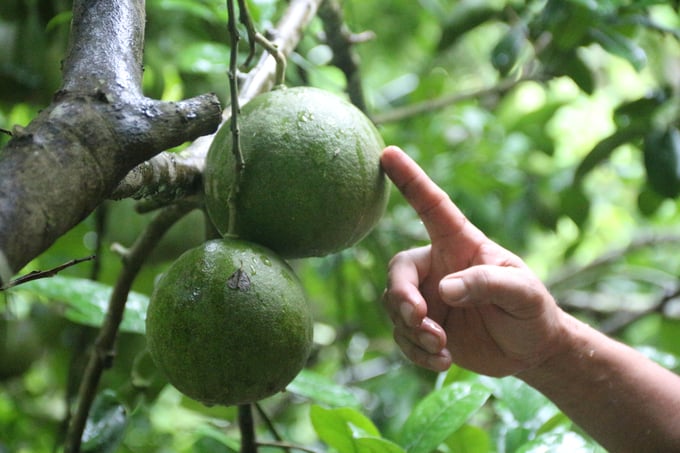
Thai Nguyen province has had many policies to promote the development of automatic and water-saving irrigation systems. Photo: Pham Hieu.
According to Mr. Ha Trong Tuan, Director of Thai Nguyen Provincial Agricultural Extension Center, from the practical benefits of applying automatic irrigation systems to production, Thai Nguyen province has many policies to promote the development of automatic irrigation systems and water-saving irrigation. In particular, the province has a program to support 40% of the cost of installing and operating automatic irrigation systems for people.
Along with that, Thai Nguyen Provincial Agricultural Extension Center, as well as agencies in the agricultural sector, have been active in promoting, encouraging, and disseminating to farmers the benefits of using automatic irrigation systems and water-saving irrigation in production. At the same time, they advise and guide farmers in installing and using automatic irrigation systems and implementing many policies to build models to transfer such technical advances.
"Thanks to that, currently, the application of water-saving irrigation systems and automatic irrigation systems to production has become a trend and is increasingly being replicated in Thai Nguyen province. Thereby contributing to improving productivity and quality of agricultural products, improving the efficiency of using input materials, raising people's awareness in saving limited water resources, promoting green growth and sustainable development of the agricultural sector," Mr. Ha Trong Tuan emphasized.
According to the Thai Nguyen Provincial Agricultural Extension Center, currently, for tea trees, local people are applying a sprinkler irrigation system. For fruit trees, people are applying a sprinkler irrigation system under the roots, combined with drip irrigation. For vegetables, people are applying a mist irrigation system and drip irrigation. Along with that, many households have invested in automatic irrigation systems and remote-controlled timer irrigation.
Translated by Huong Giang

(VAN) The People's Committee of Tra Vinh province has approved an adjustment to the investment policy for the Green Hydrogen Plant project, increasing its area to approximately 52.76 hectares.
![Reducing emissions from rice fields: [2] Farmers’ commitment to the soil](https://t.ex-cdn.com/nongnghiepmoitruong.vn/608w/files/news/2025/05/05/dsc08881jpg-nongnghiep-140632.jpg)
(VAN) Clean rice cultivation model in Thuong Tan commune, Bac Tan Uyen district, is assisting local residents in achieving sustainable agriculture by substantially reducing costs, increasing productivity, and protecting the environment.
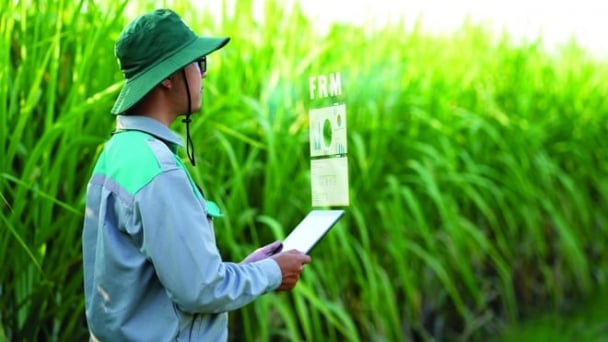
(VAN) At the conference to disseminate Resolution No. 68, AgriS introduced its digital agricultural ecosystem and reaffirmed its commitment to accompanying the Government in promoting private sector development and sustainable agriculture.
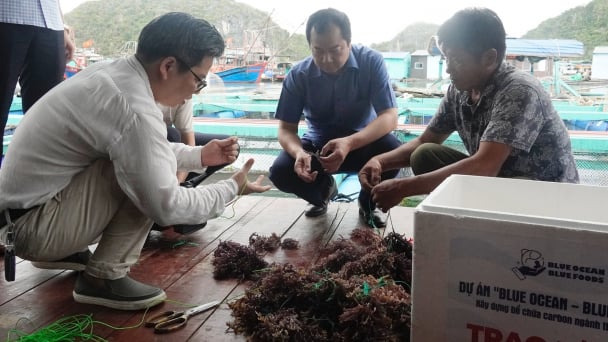
(VAN) 'Blue Ocean - Blue Foods' initiative is designed to restore marine ecosystems and establish sustainable livelihoods for local communities by cultivating a minimum of 1,000 hectares of cottonii seaweed in the first three years.
/2025/05/21/4642-3-112707_603.jpg)
(VAN) The V-SCOPE project has made direct contributions to three out of six pillars of the Comprehensive Strategic Partnership between Vietnam and Australia.
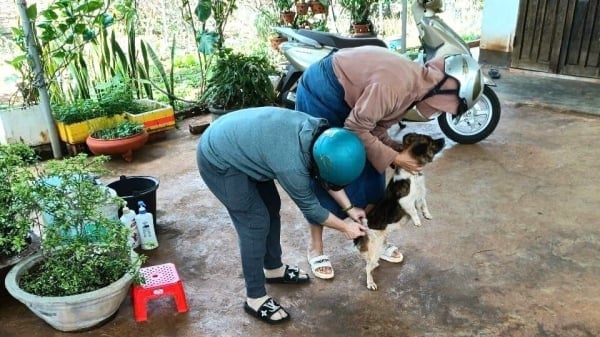
(VAN) Facing the threat of rabies spreading to the community, Gia Lai province urgently carries out measures to vaccinate dogs and cats on a large scale.
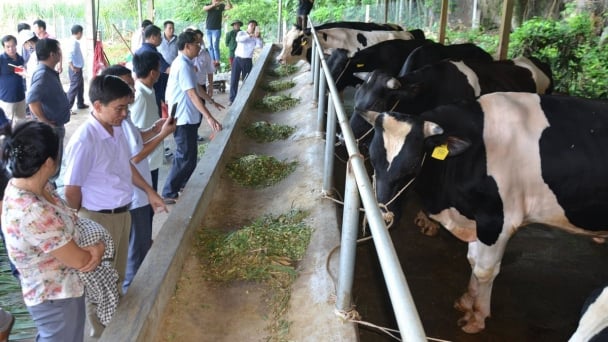
(VAN) Disease-free livestock farming not only protects livestock herds but also stabilizes production and livelihoods for many farmers in Tuyen Quang.